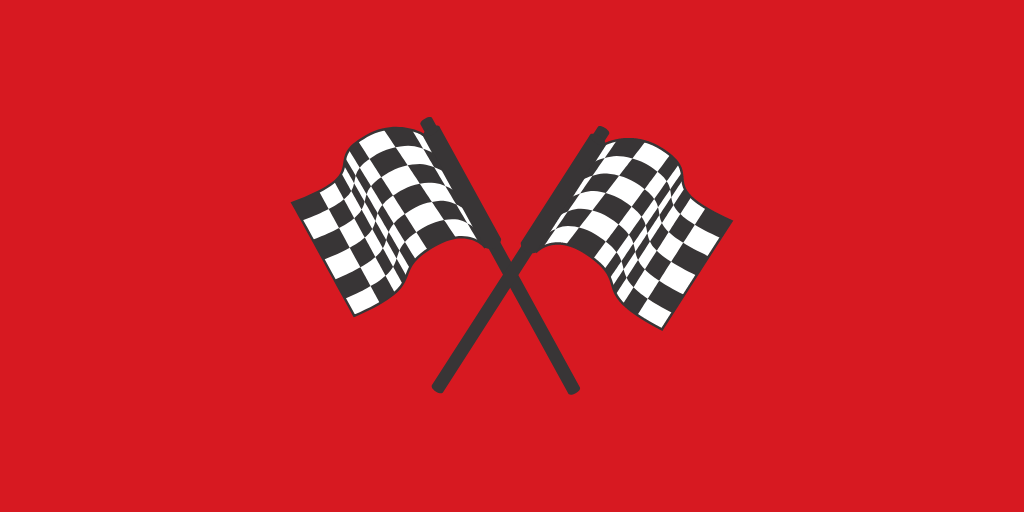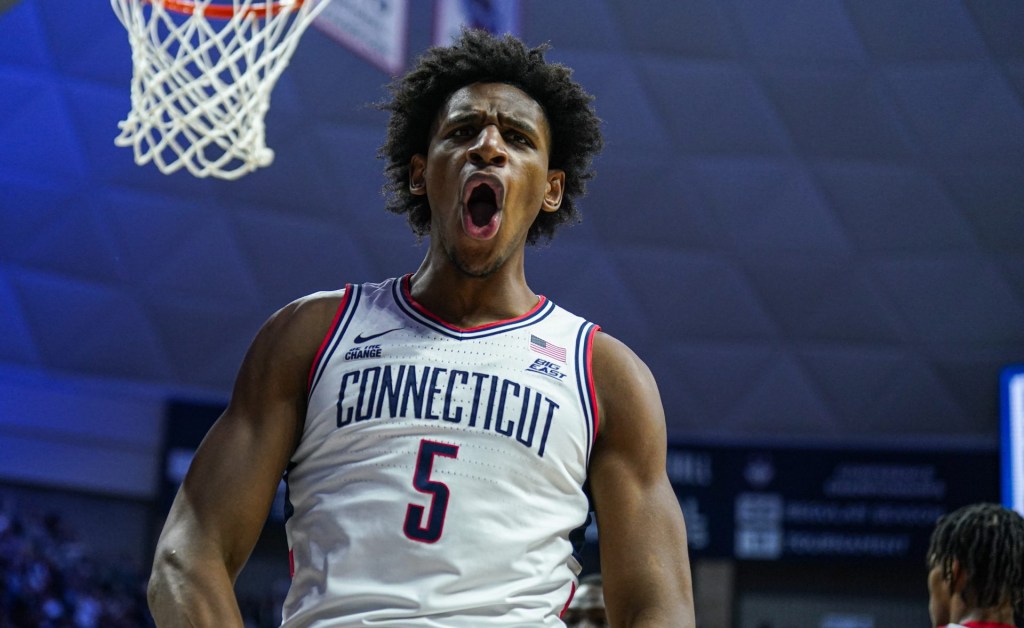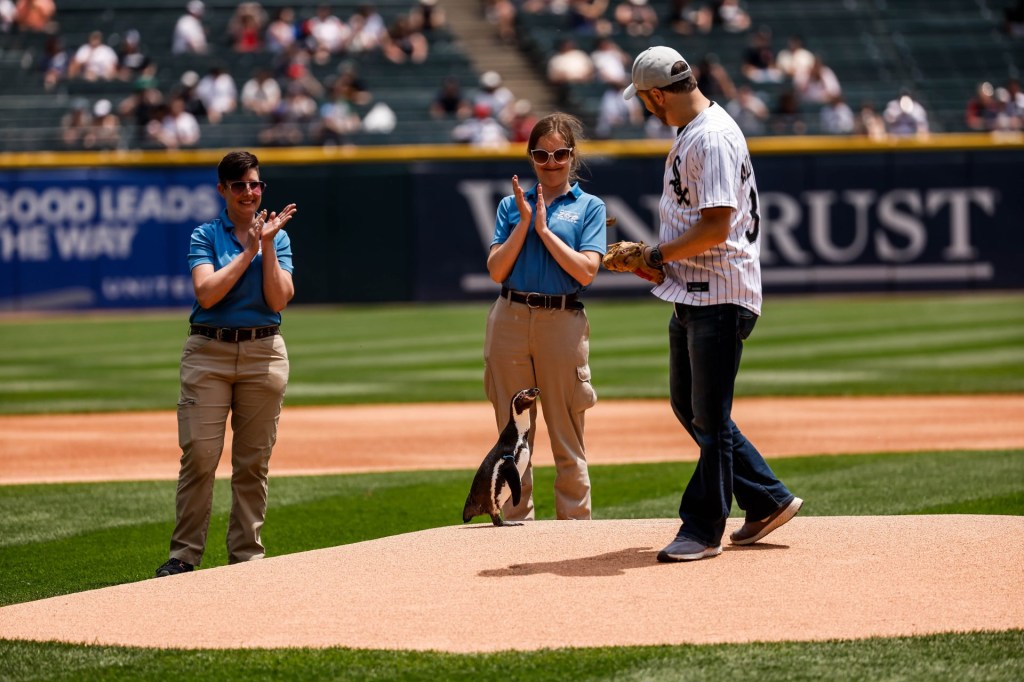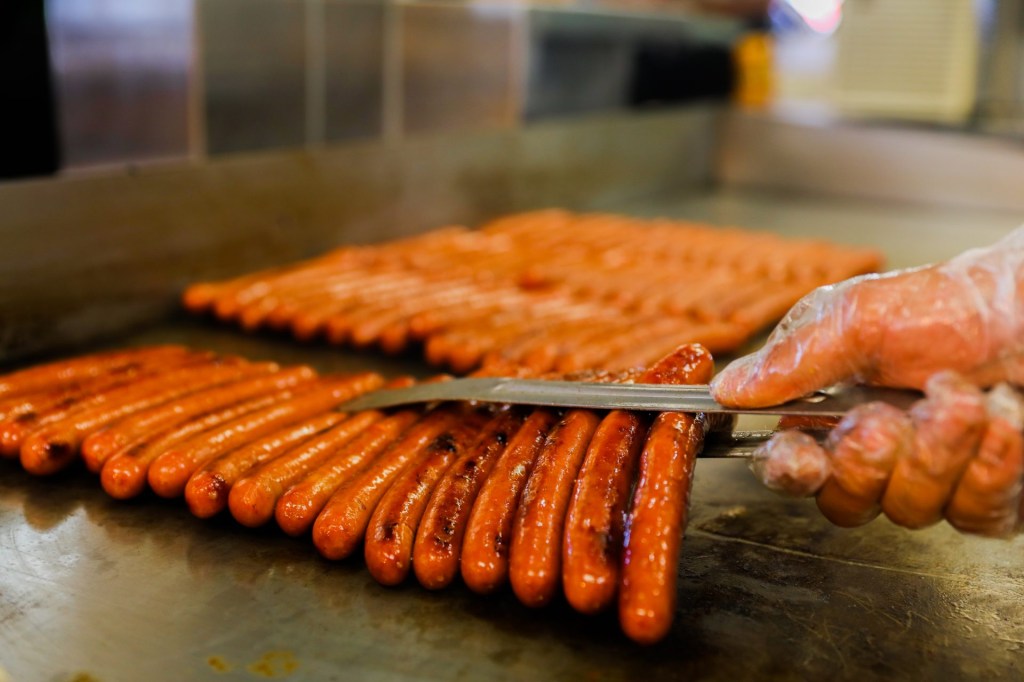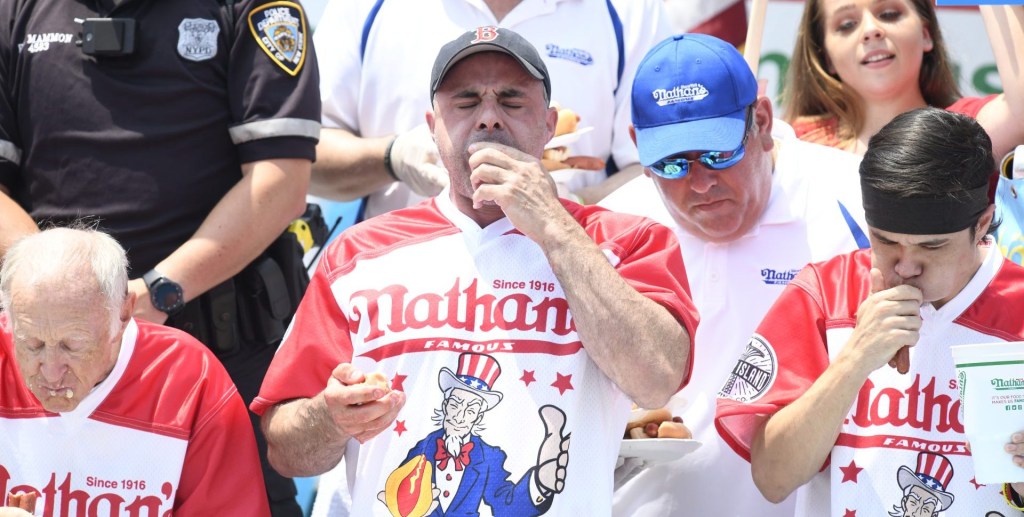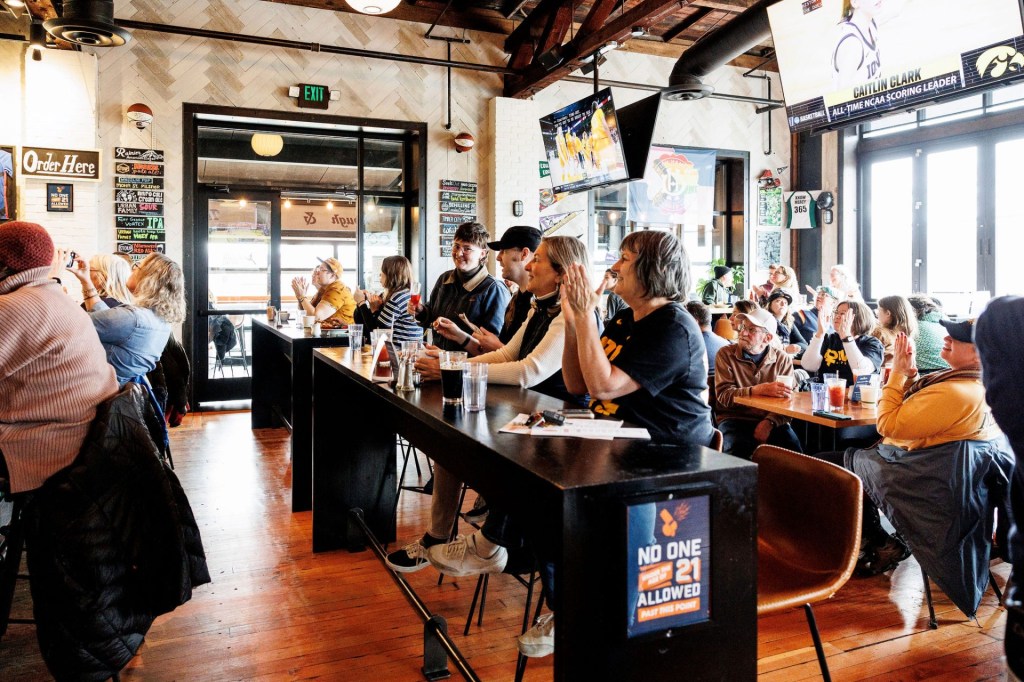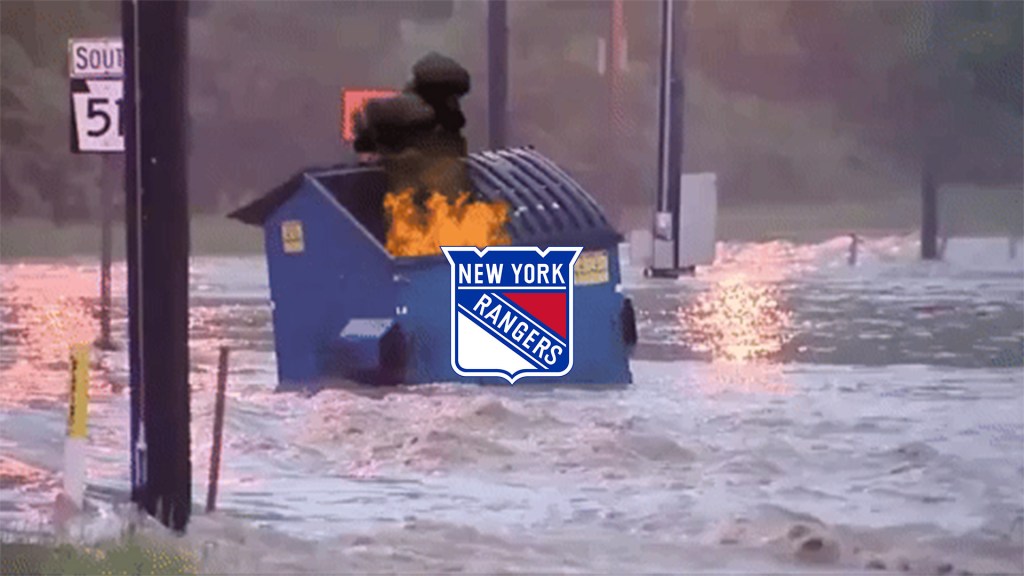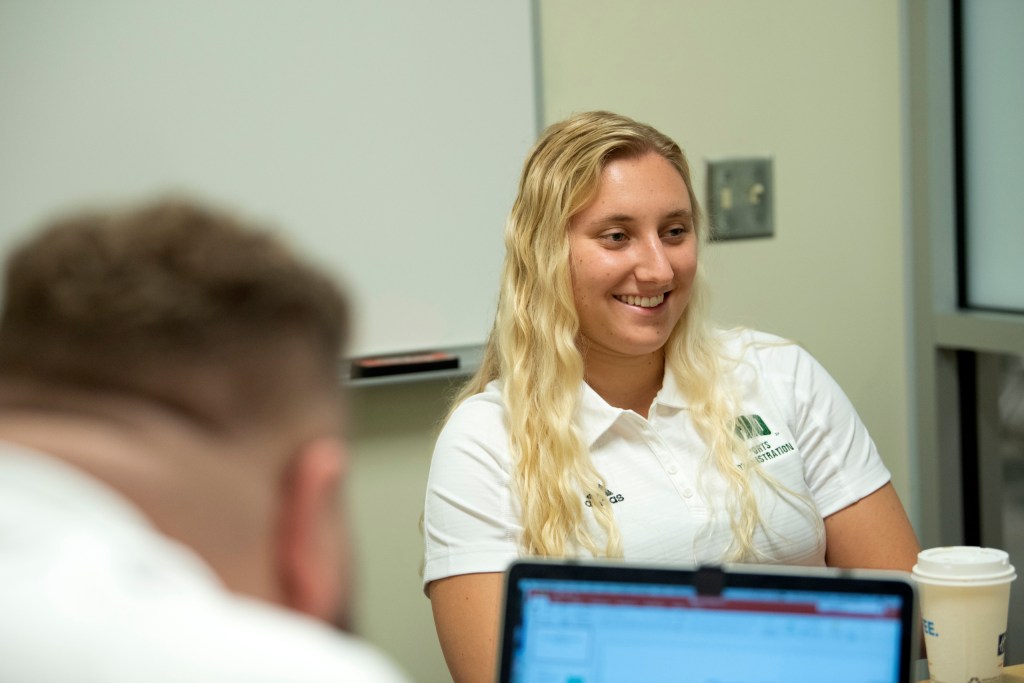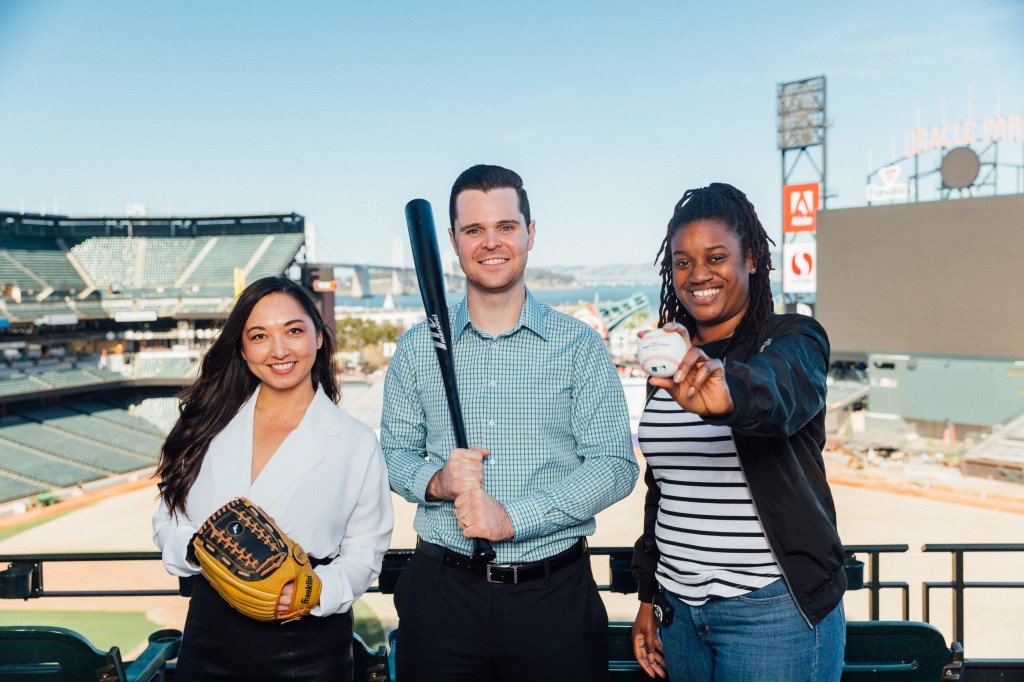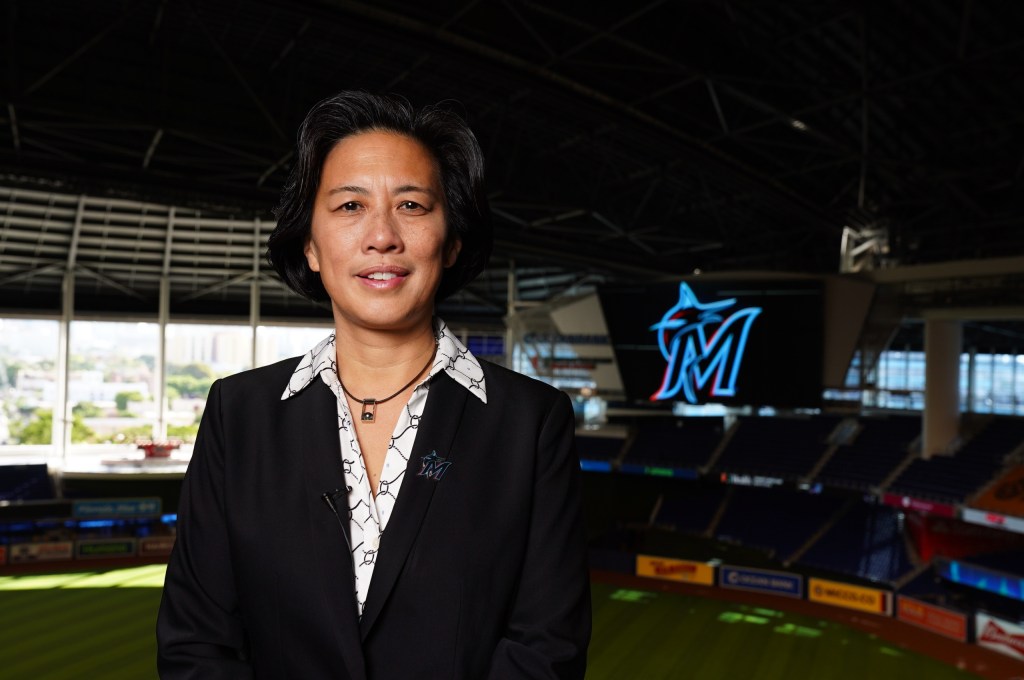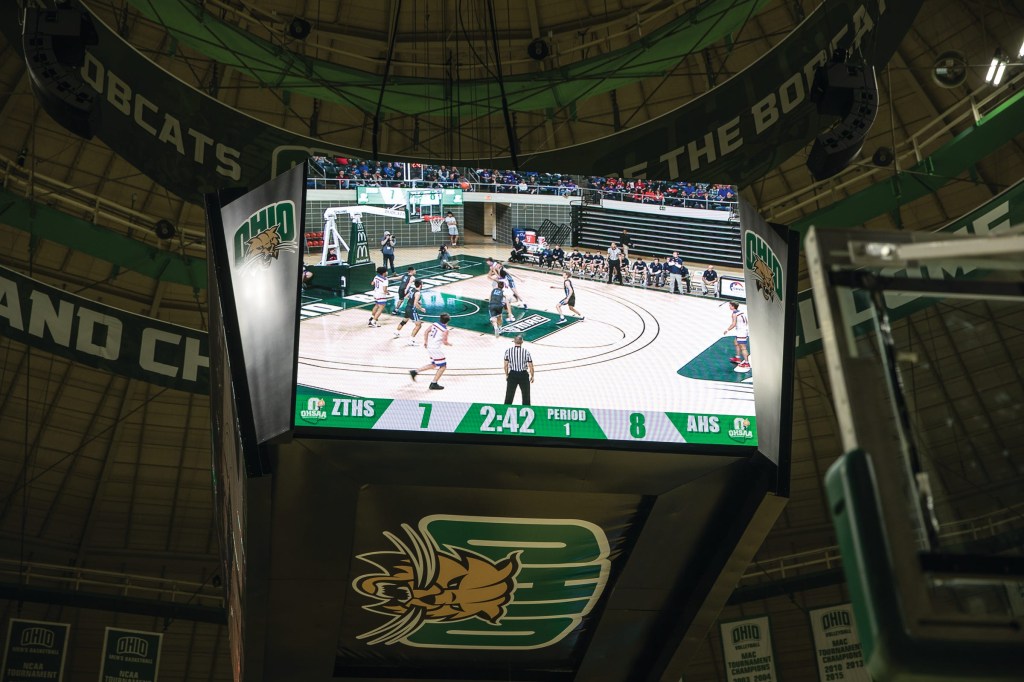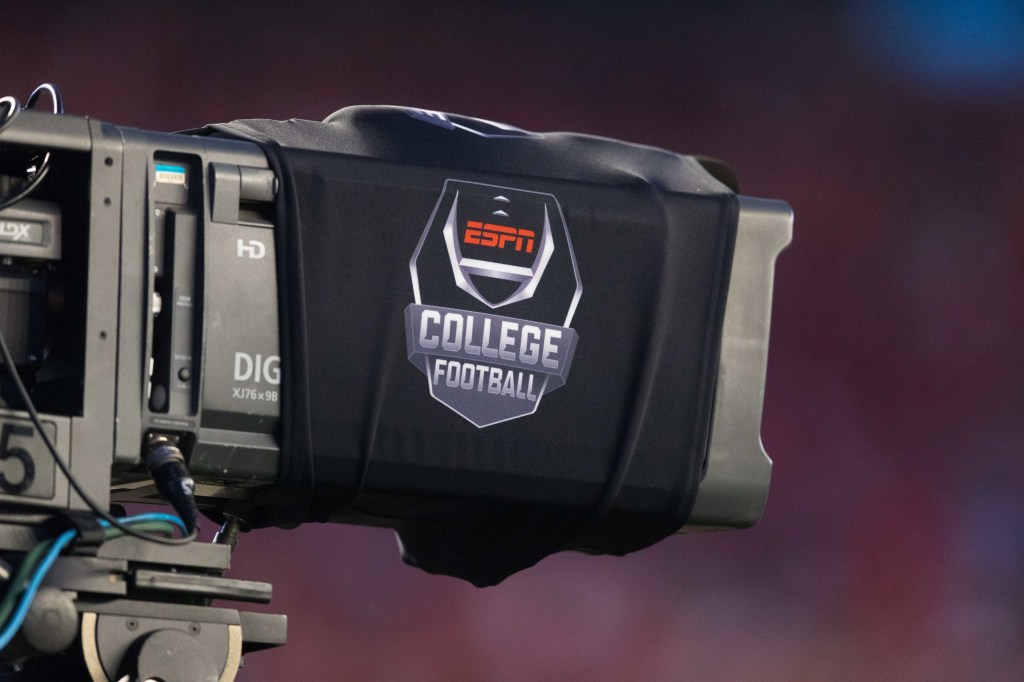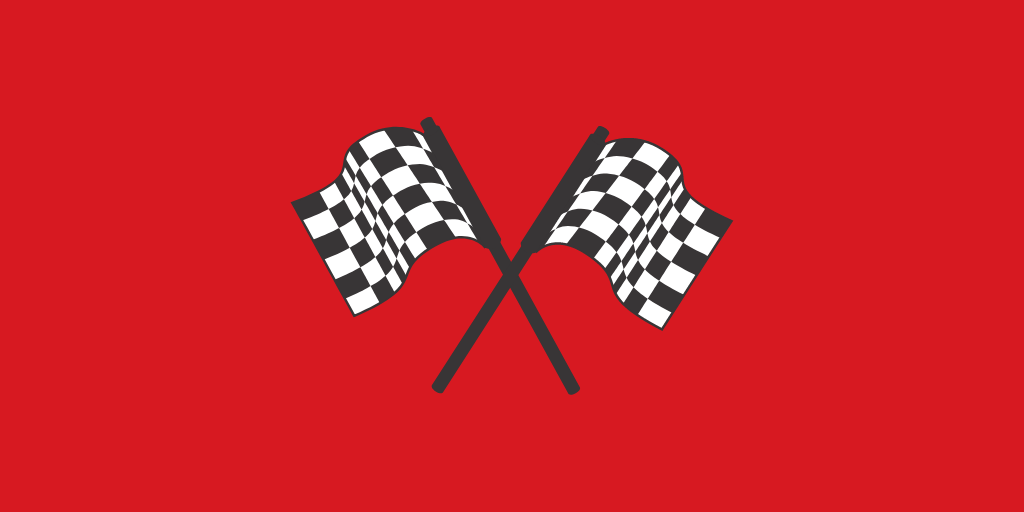
With an eye for young talent and the ability to watch hundreds of races every year, Jack Irving and the team at Toyota Racing Development have become some of the best at finding and developing NASCAR’s newest stars.
One of the most unique ways that Irving and the TRD crew have evaluated talent is through a driver combine that focuses not only on on-track performance and skill but also off-track elements of the sport like communication and physical fitness. In late August, TRD held a three-day driver combine at Irwindale Speedway in California.
“When we did the combine initially four or five years ago, there were a lot of young kids racing (like Riley Herbst, Harrison Burton and Todd Gilliland),” Irving said. “We wanted to get them together and figure out how we could get eyes on them and learn from them. This is the second combine we’ve done of this nature to evaluate the newest talent wanting to make their way into the sport.”
SEE MORE: Natural Light Wants to Help You Land a Dream Job
Irving and his team are often asked, why run a combine rather than enter drivers into a late model race? While the fees associated with a combine can include track rentals and paying a number of people to be involved, Irving sees the one-on-one coaching as the biggest benefit of the combine.
“While setting up a combine can be difficult, it’s important that we get them out into a race setting and coach and teach them,” said Irving. “It also allows us to get more assessments done and give them data to help them develop. Getting them exposed to a different coach and a car is not always easy. They (the drivers) have to learn the crew chiefs and spotters .The drivers need to learn to communicate what the car is doing and the ins and outs of the car. It’s not a final exam, just certainly a baseline test.”
This combine placed a heavy emphasis on female drivers – with six of the eight competitors being female – including 16-year-old drivers Holley Hollan and Presley Truedson.
Hollan is a fourth-generation racer who began racing sprint cars at age five. Growing up in a racing family, she spent the majority of her time racing on dirt, but the combine helped her make the transition to asphalt surfaces.
SEE MORE: Mazda Uses Racing to Better Tell Brand Story
“Communication is really key on the asphalt surfaces,” Hollan said. “Especially when you’re first starting out, being able to communicate with my spotter and with the people around me has helped me. Being around other drivers has helped as well. Just learning the lingo of things in the asphalt world is a little bit different but I have really enjoyed it.”
Despite tackling a new surface at the combine, Hollan has a simple goal every time she gets behind the wheel: be competitive.
“Whenever I get the chance to run, I want to be competitive and consistent,” Hollan said. “That’s my big thing. There’s really no limit that I want to put on myself. I never thought I would be this far at my age already, and I don’t want to limit that but I would be open to any opportunity. I see a lot of girls from age 18-19 fall off and become focused on other things. I think that’s my biggest shot to stand out. I have no intentions of quitting.”
[mc4wp_form id=”8260″]
Truedson, also 16, began her racing career just seven years ago with the Forks Karting Association in North Dakota. Since getting behind the wheel in 2011, she’s won multiple championships – eight of them to be exact – four FKA championships and four North Dakota State Karting championships.
While she’s won multiple championships, Truedson’s first time on asphalt came at Irwindale.
“This entire experience has been so unique for me,” Truedson said. “It’s the biggest track I have ever been on. I’ve never raced on asphalt before, so to be able to do that is pretty cool. I’ve never run a race longer than 30 laps so to go out there and do 75 laps multiple times and then 50 laps is definitely a lot more taxing than any race I’ve ever done. “
While Truedson and the other drivers were behind the wheel at the combine, many aspects of their fitness were analyzed, from heart rate to temperature to how much they’re sweating and even their water intake. What comes out of those analytics is a report that the drivers receive to help them become more physically fit.
SEE MORE: How iRacing Helped William Byron Jumpstart His Career
“From a data perspective, we have multiple streams that we’re able to pull from,” Irving noted. “We’ll give the drivers anything they need to develop and make every effort to bring them back for a second test. We try to get them back within a month, especially if we haven’t seen much of them or worked with them often.”
As the Toyota combine combines elements of racing with physical fitness and off-track communication and interaction, it truly challenges the drivers invited. Hollan summed up her experience showing gratitude for the opportunity and the embracing the challenges of competing in such a competitive industry.
“The combine has challenged us on the track but also off the track,” she said. “To be able to be a part of this and get to have this opportunity is pretty cool. I saw the most improvement on the track for sure with how much finesse you have to have to drive these cars. It definitely is harder than it looks because. From the outside looking in, you might not realize how tough it is to drive these cars and do what these guys do day in and day out.”
[mc4wp_form id=”8260″]
What’s next for the Irving and his combines? He wants to do a large combine annually and have smaller ones on a quarterly basis. The quarterly combines would feature more on-track action and in a shorter span of days. And most importantly, it would allow Toyota to expand to another track in a different region of the country.
“As these combines grow and we continue to progress, we can add a track in another region and have the chance to see more drivers across the country,” Irving said. “Irwindale Speedway is a nice home base for the West, but we would potentially have the chance to expand to the east coast and see even more talent.”
